A homemade drawing salve is a perfect addition to your home apothecary or emergency kit. Insects bites, and injuries are a part of outdoor living, but they don’t have to ruin your day! Don’t miss this one!
My homemade salve recipe contains potent ingredients that will help draw out toxins or foreign objects to get you back to your chores in no time. Keep one at home, one out in the barn, and don’t forget to bring it along on hiking trips!
This recipe also makes for a wonderful gift – hand out your salve tins at Christmas or give a few to your neighbors. They will love it!
Let’s dive in!
*Disclosure: This post may contain affiliate links to products (including Amazon). I’ll earn a small commission if you make a purchase through my link, at no additional cost to you! Regardless, I only link to products that I personally use on our homestead or believe in.
What is a Drawing Salve?
A drawing salve does exactly just what it sounds like! It contains active ingredients that will help draw out any toxins or foreign substances from underneath the skin.
This is a natural and safe way to go about it that has been used for centuries. An added bonus is that most of the active ingredients you can find just foraging in your own backyard!
Drawing Salve Uses
There are so many uses for this drawing salve! I started to look into making this once we moved to our new 240 acre property and we were finding a lot of ticks on us while clearing brush in the deep woods.
Thankfully, ticks can’t transmit Lyme unless they’ve been attached for 36-48 hours, but it’s still a good idea to use the drawing salve on any attachment areas after your nightly tick checks.
- Tick bites
- Spider bites
- Insect stings
- Snake bites
- Slivers
How This Homemade Drawing Salve Works
So, how exactly does this homemade drawing salve work? There are few things at work here, so let’s break it down!
Drawing Properties
The drawing properties are the main things at work here! We want to be able to pull out the embedded toxins or foreign substances so that they don’t cause further damage.
- Plantain: its leaves are highly astringent!
- Activated Charcoal: highly porous and able to adsorb over 4,000 toxins (Silberman, 2023)
- Bentonite Clay: excellent adsorption and antibacterial properties (Ezzeddine, 2020)
Healing & Soothing Properties
While removing the embedded toxin or sliver is the most important step, we also want to soothe the area and promote healing. Most bites, stings or slivers hurt! So, I’ve included a few ingredients that will help keep you or a loved one comfortable.
- Calendula: Anti-inflammatory and wound healing properties (Parente, 2012; Garrido-Suarex, 2023)
- Comfrey: Wound healing and pain-relieving properties (Araujo, 2012; Giannetti, 2010)
- Mullein: Anti-inflammatory and pain-relieving properties (Riaz, 2013; Mohd, 2019)
- Plantain: Anti-inflammatory and demulcent (soothing) properties (Adom, 2017)
Homemade Drawing Salve Recipe
Now that we have a good understanding of what a drawing salve is and how the ingredients play a role, let’s get to making it!
Step 1: Gather your supplies
Ingredients
- Extra virgin olive oil – enough to cover the herbs
- Plantain leaves – fresh or dried
- Mullein leaves – fresh or dried
- Calendula flowers – fresh or dried
- Comfrey leaves – fresh or dried
- Beeswax pellets – 2 Tbsp per ½ cup of infused EVOO
- Activated charcoal powder – 3 Tbsp per ½ cup of infused EVOO
- Bentonite clay – 3 Tbsp per ½ cup of infused EVOO
- Lavender essential oil – optional, but provides additional healing benefits
*Foraging for fresh ingredients is my favorite, but if you’re short on time or don’t have the plants available, I have some great dried options linked above! I was unable to find fresh comfry on our property, so I used substituted dried and it was still great!
*WARNING: Do NOT use zinc chloride in your homemade drawing salve recipe. You may see recipes call for this, but it has corrosive action that can cause dermatitis, ulceration and burns.
Tools
Step 2: Make an oil infusion
Heat a pot of water with a double boiler insert to gently heat the oil to extract the full medicinal properties of the herbs, without scorching them.
Chop up the herbs, if using fresh. Divide out equal parts herbs (1/4 plantain, 1/4 mullein, 1/4 comfry and 1/4 calendula) and then combine into one big pile.
Add some extra virgin olive oil to the double boiler, then top with the chopped herbs. Give it a stir. Continue to drizzle in olive oil until the herbs are covered by 1-2”.
Heat gently for 60-90 minutes, stirring occasionally. You know that it’s done when the olive oil is a deep color and has a nice herby (not burnt!) smell to it.
Strain out the herbs using a fine mesh strainer on top of a glass measuring cup. If your strainer has large holes, line it with cheesecloth. Discard the herbs and make note of how much oil you have left. Wipe out your double boiler.
Step 3: Create the homemade drawing salve
Return your infused oil to the double boiler and add the appropriate amount of beeswax to your batch (2 Tbsp per ½ cup of infused oil). Heat gently until the beeswax is fully melted.
Remove from the heat and add 10 drops of lavender essential oil per ½ cup of infused oil, if desired. Then, stir in the activated charcoal powder and bentonite clay at a ratio of 3 Tbsp of each powder per ½ cup of infused oil. The mixture will look like black tar at this point!
Stir, then quickly transfer to salve tins. If the salve has cooled too much, it will begin to harden. Pro tip: Wipe out your double boiler right away. Once the beeswax cools and hardens, it can be tough to clean up.
Let your salve tins cool completely before securing with a lid. This allows any leftover moisture to escape, reducing the risk of mold.
How to Store
Store your drawing salve containers in a cool, dark location (not your hot car!). I have a dedicated shelf in a closet to keep all of my dried herbs, salves, tinctures, essential oils, etc. Having your own little apothecary is a joy to look at and such a great way to become more self-sufficient!
If prepared and stored properly, a salve should last up to 1 year. I’ve used old chickweed salves that are 2-3 years old and still notice their healing benefits. It may not be quite as potent as it once was, but as long as it hasn’t gone moldy or rancid, it can still serve a purpose.
How to Use
Anytime you have a bite, sting, or sliver, start by cleaning the area with warm soap and water. Then, apply your homemade drawing salve liberally to the affected area and cover with a bandaid. Add a new application and bandage every 12 hours until healed.
*Do not use this salve internally!
*If you are experiencing significant symptoms as a result of a bite or sting (shortness of breath, rash/streaking, rapid heart rate, etc.), please seek professional help.
Other DIY Articles You’ll Love:
Final Thoughts
Having a homemade drawing salve in your home apothecary or first aid kit is such an invaluable tool! It seems like bites, stings or injuries pop up when we least expect it, so it’s nice to be prepared. Give this recipe and try, and forage for the herbs if you can!
*Information in this article was referenced from personal experience and/or from my favorite herbal medicine books: Rosemary Gladstar’s Medicinal Herbs and Prepper’s Natural Medicine, unless otherwise noted.
The Homesteading RD's Product Picks | |
This is my go-to book! Make your own herbal remedies for life’s common ailments. Gladstar profiles 33 common healing plants and includes advice on growing, harvesting, preparing, and using herbs in healing tinctures, oils, and creams. | |
With easy-to-read herbal charts, a breakdown of essential oils, tips for stockpiling natural medicines and step-by-step instructions for creating your own elixirs, salves and more, this book offers everything you need to keep you and your loved ones safe. | |
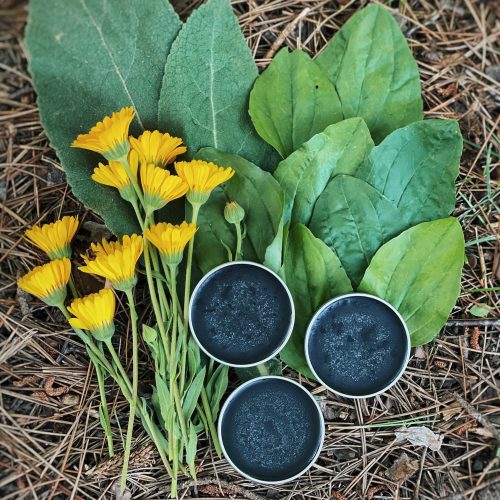
Homemade Drawing Salve (Bites, Stings & Slivers)
Equipment
- Pot
- Glass measuring cup
- Salve tins (2 oz)
Ingredients
- Extra virgin olive oil enough to cover the herbs
- Plantain leaves fresh or dried
- Mullein leaves fresh or dried
- Calendula flowers fresh or dried
- Comfry leaves fresh or dried
- Beeswax pellets 2 Tbsp per ½ cup of infused EVOO
- Activated charcoal powder 3 Tbsp per ½ cup of infused EVOO
- Bentonite clay 3 Tbsp per ½ cup of infused EVOO
- Lavender essential oil optional
Instructions
- Heat a pot of water with a double boiler insert to gently heat the oil to extract the full medicinal properties of the herbs, without scorching them.
- Chop up the herbs, if using fresh. Divide out equal parts herbs (1/4 plantain, 1/4 mullein, 1/4 comfry and 1/4 calendula) and then combine into one big pile.
- Add some extra virgin olive oil to the double boiler, then top with the chopped herbs. Give it a stir. Continue to drizzle in olive oil until the herbs are covered by 1-2”.
- Heat gently for 60-90 minutes, stirring occasionally. You know that it’s done when the olive oil is a deep color and has a nice herby (not burnt!) smell to it.
- Strain out the herbs using a fine mesh strainer on top of a glass measuring cup. If your strainer has large holes, line it with cheesecloth. Discard the herbs and make note of how much oil you have left. Wipe out your double boiler.
- Return your infused oil to the double boiler and add the appropriate amount of beeswax to your batch (2 Tbsp per ½ cup of infused oil). Heat gently until the beeswax is fully melted.
- Remove from the heat and add 10 drops of lavender essential oil per ½ cup of infused oil, if desired. Then, stir in the activated charcoal powder and bentonite clay at a ratio of 3 Tbsp of each powder per ½ cup of infused oil. The mixture will look like black tar at this point!
- Stir, then quickly transfer to salve tins. If the salve has cooled too much, it will begin to harden. Pro tip: Wipe out your double boiler right away. Once the beeswax cools and hardens, it can be tough to clean up.
- Let your salve tins cool completely before securing with a lid. This allows any leftover moisture to escape, reducing the risk of mold.
- Store your drawing salve containers in a cool, dark location (not your hot car!).

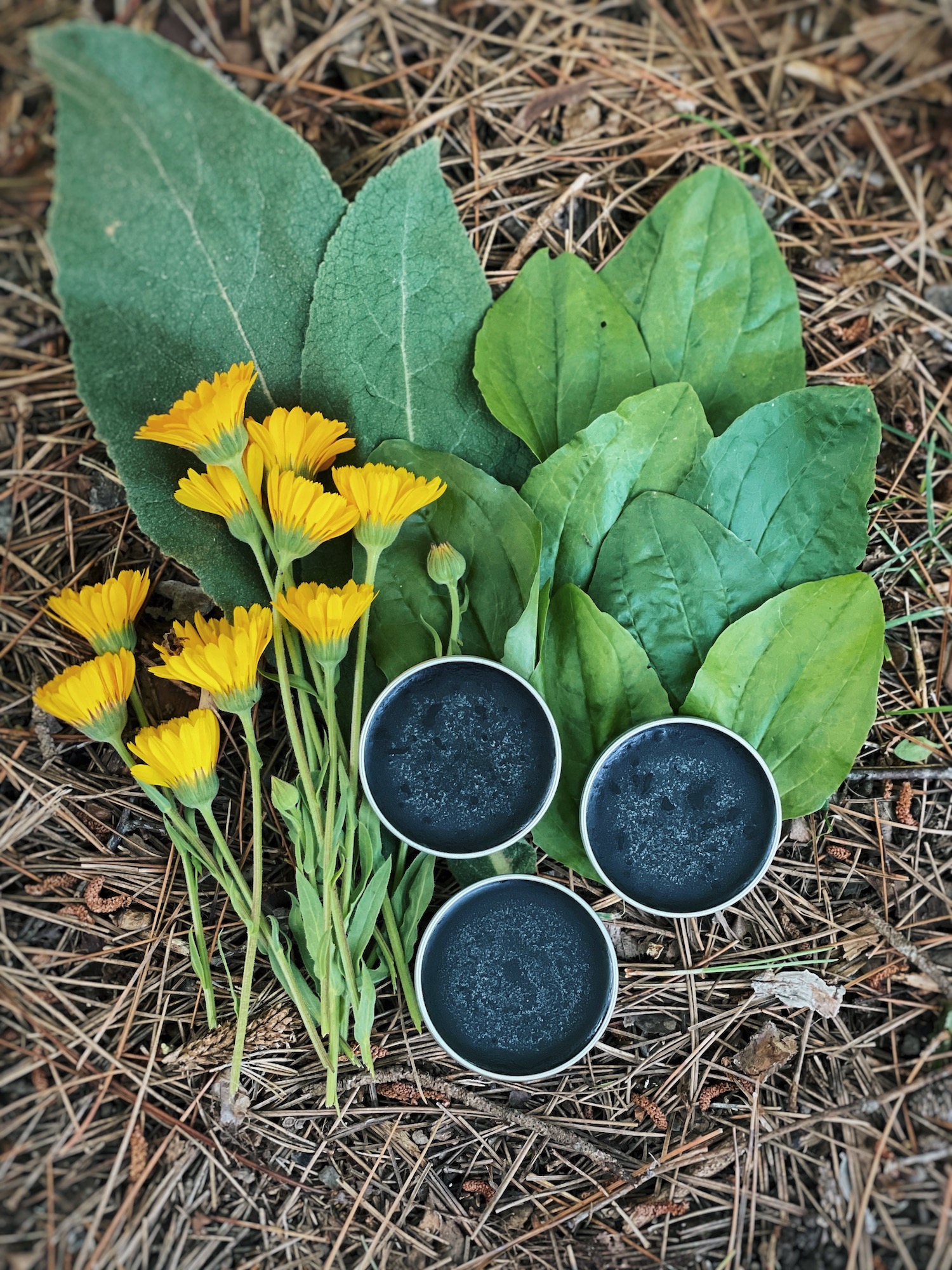
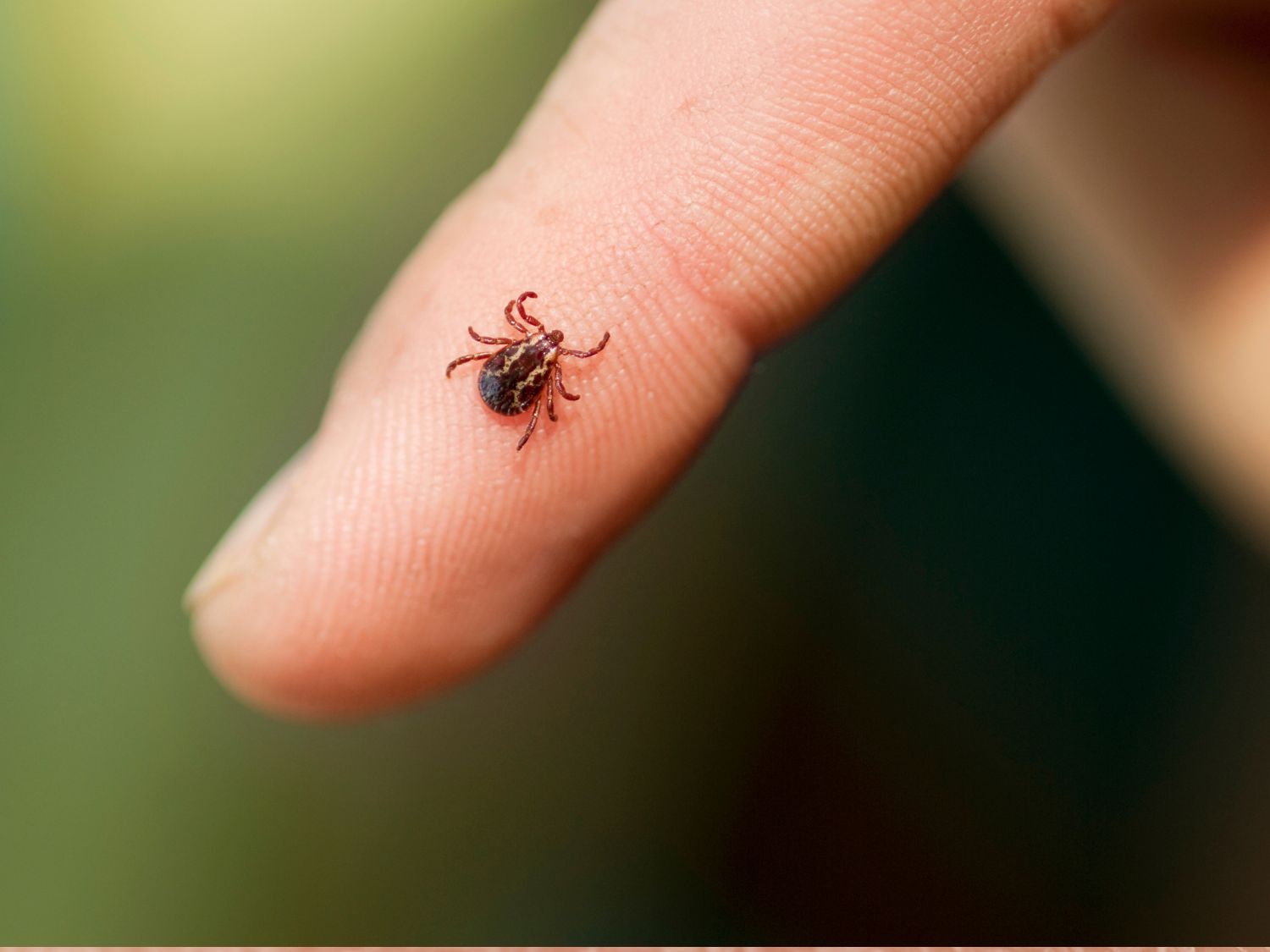
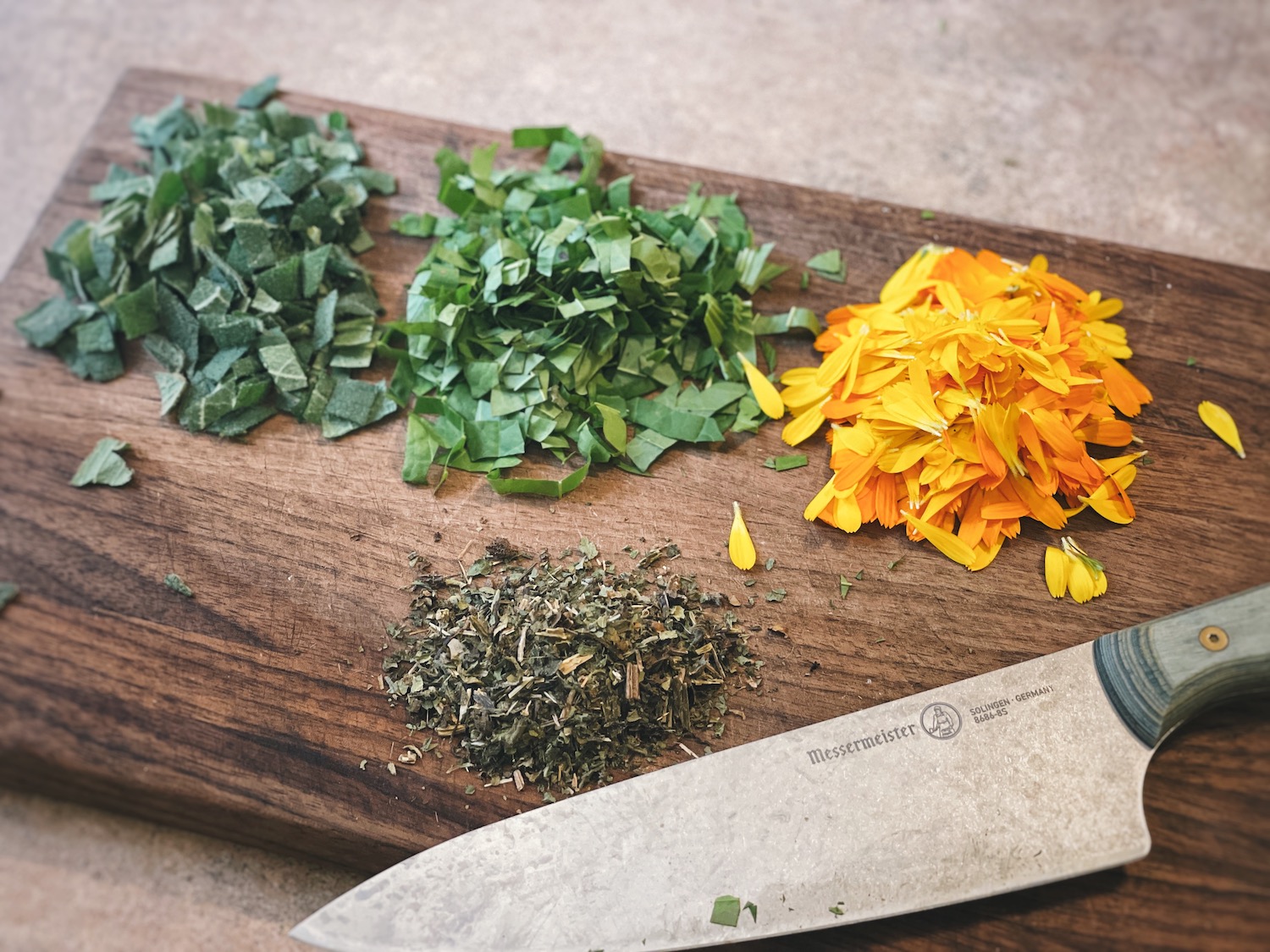
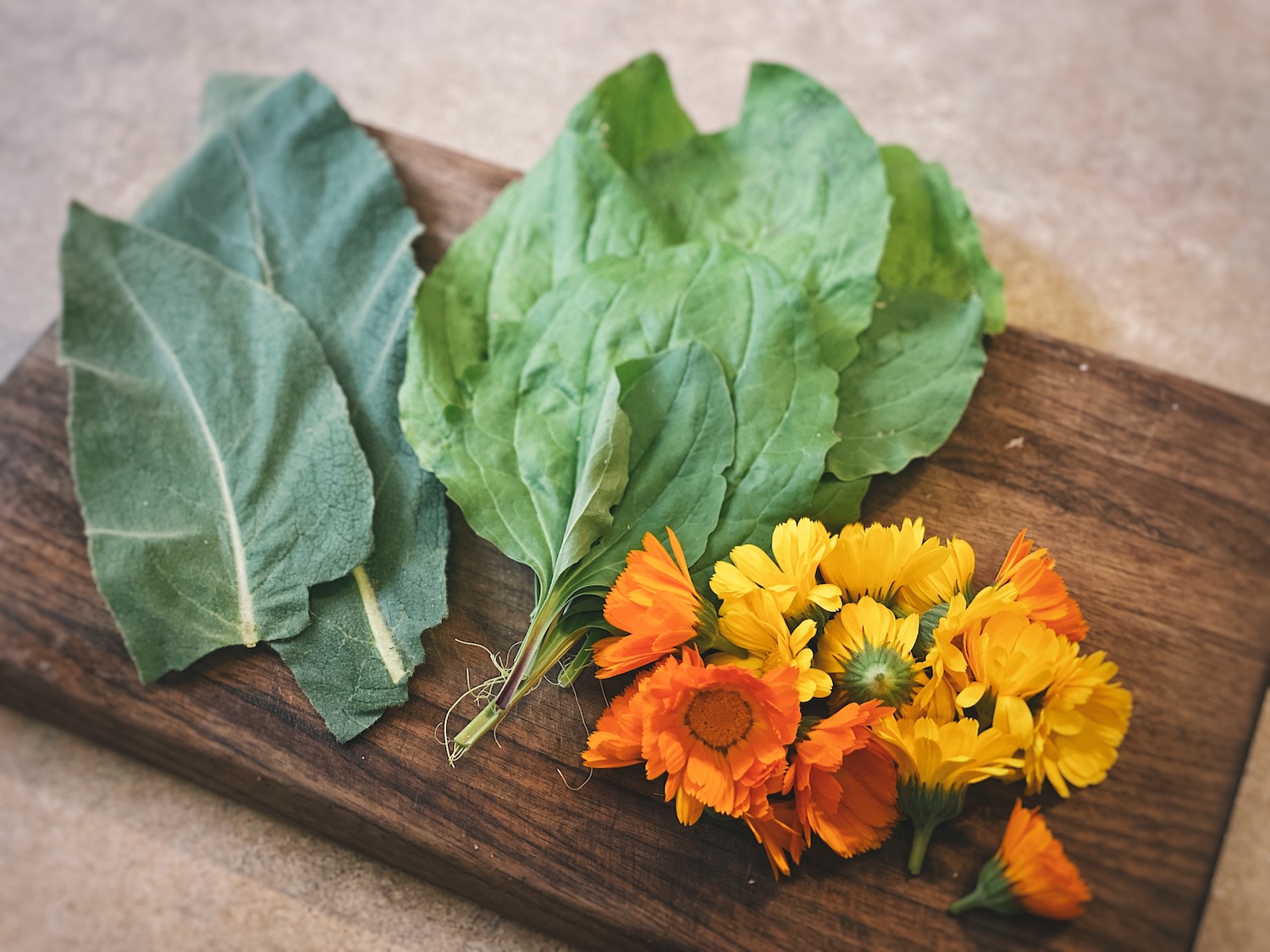
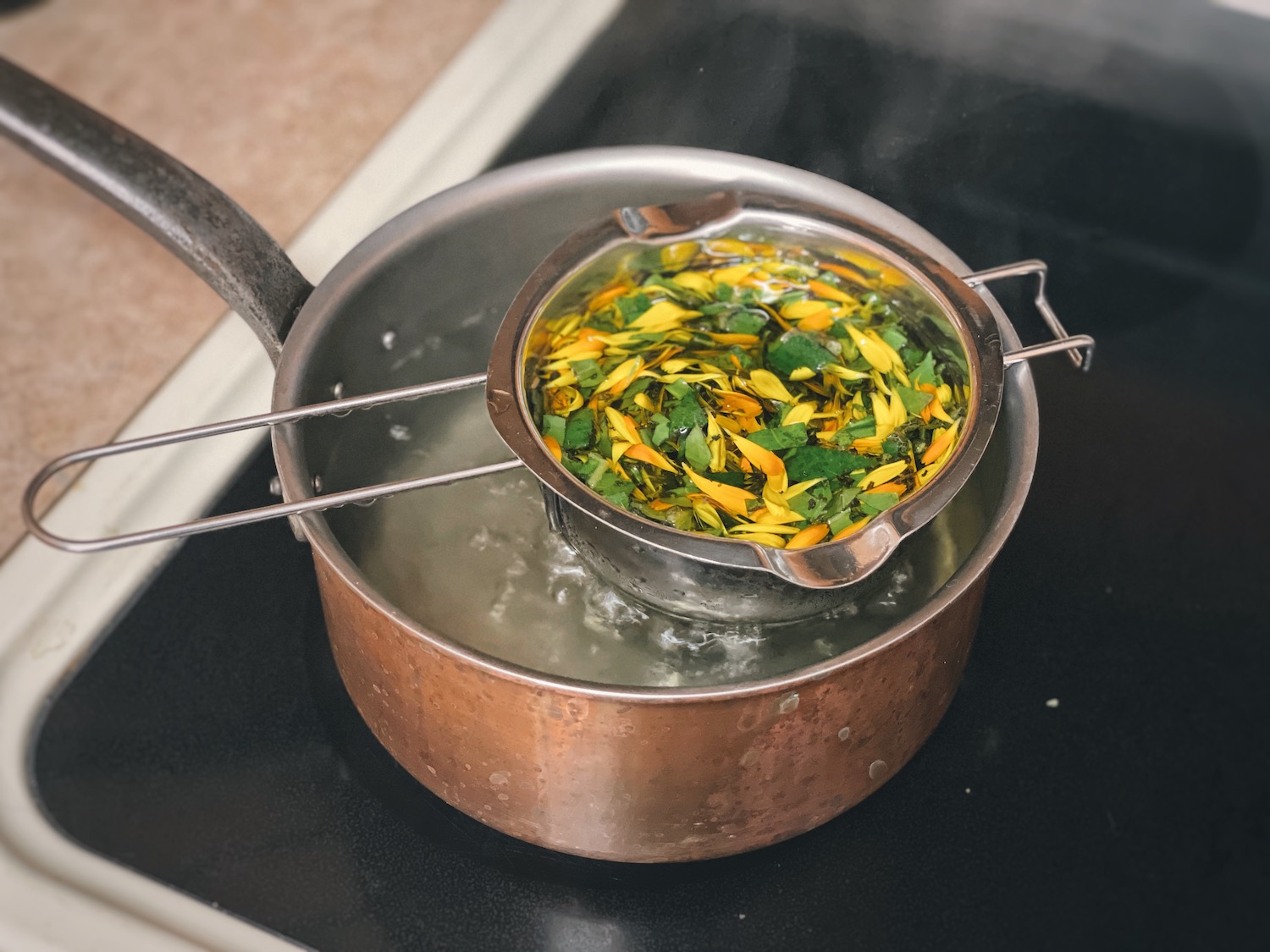
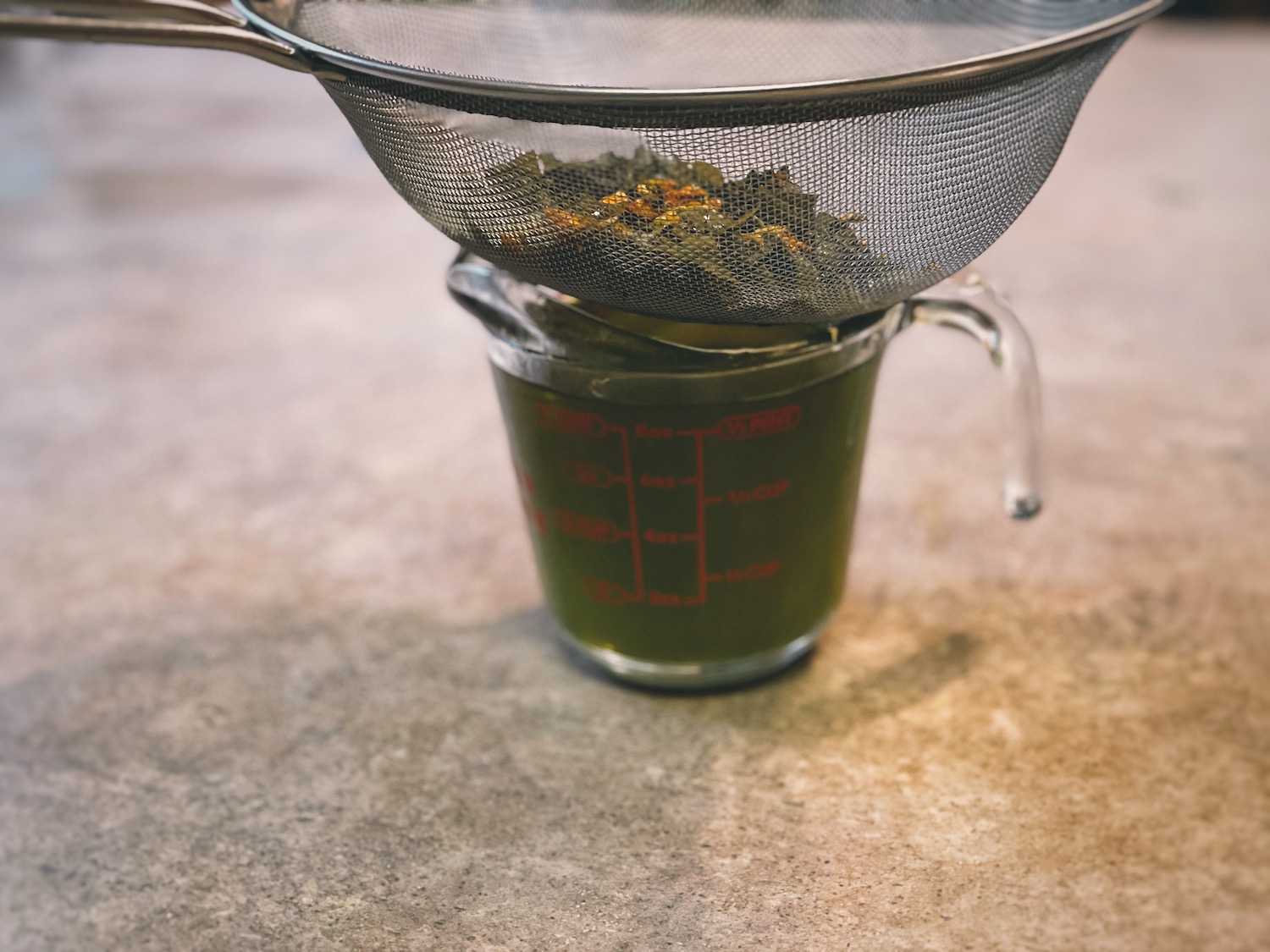
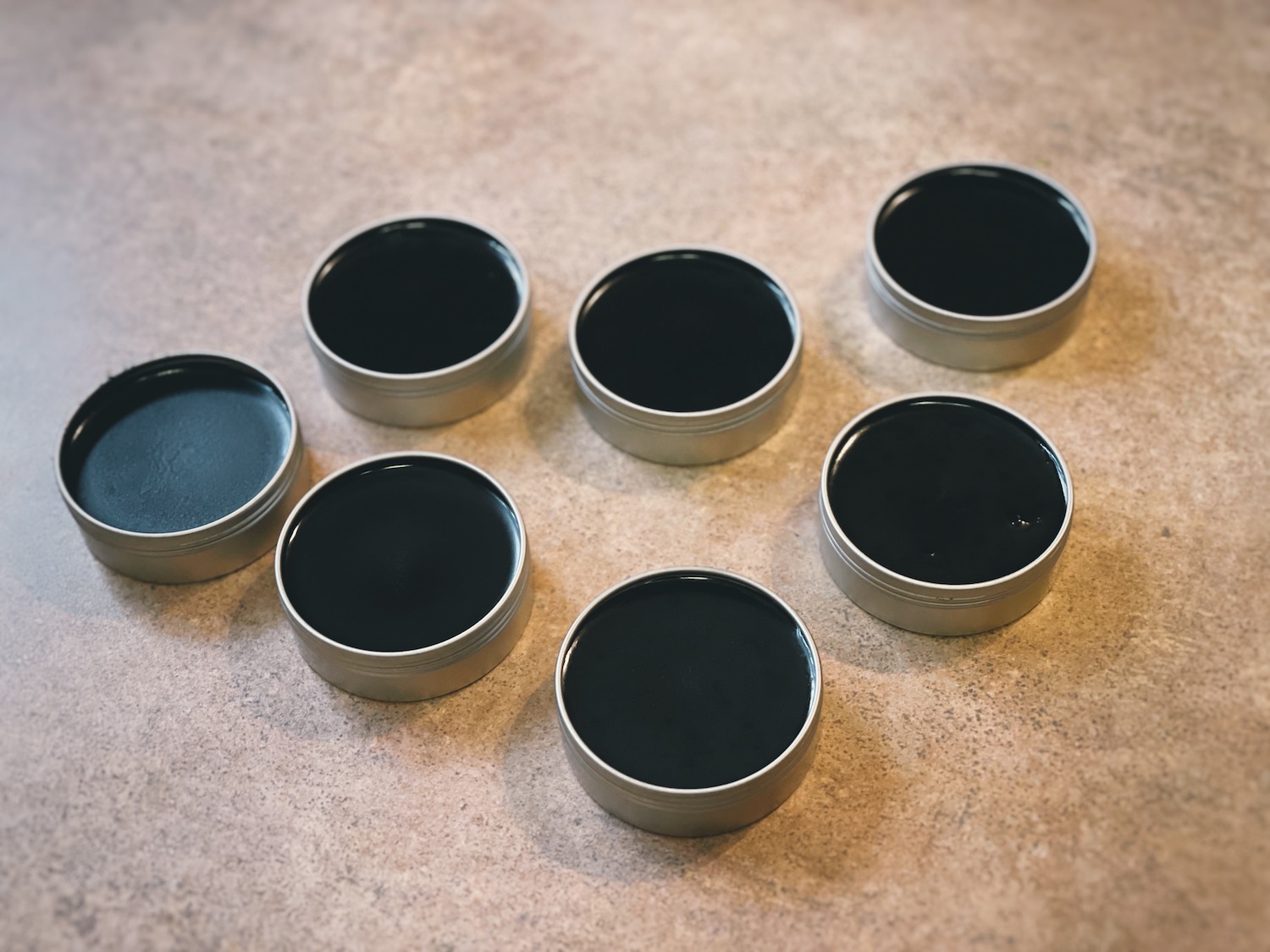



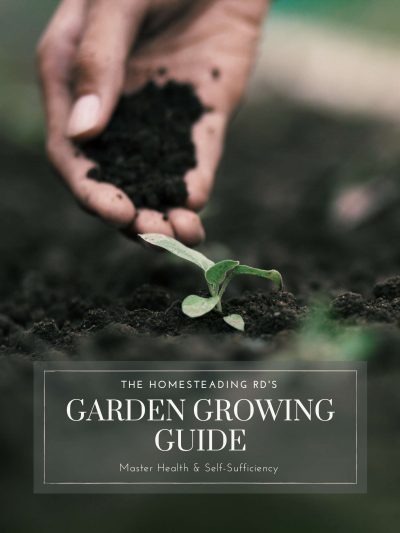
You might want to do further research on Majestic Pure essential oils. They are a bit shady as to the purity and sourcing. Thanks for sharing the recipe.
I’ll look into it, thank you!